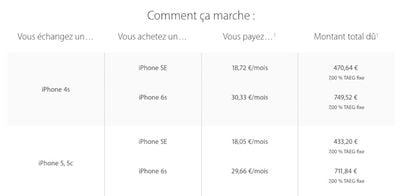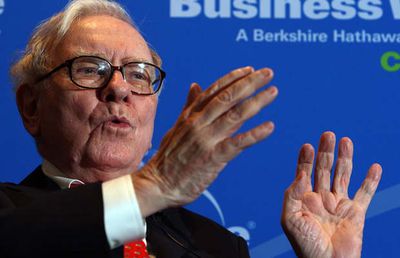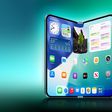While interest in the possible new features of the iPhone 7 remains as high as ever, perhaps the most controversial potential change to Apple's upcoming device is the removal of one long-standing feature – the headphone jack.
Rumors suggest that Apple will drop the 3.5mm audio jack to make its next-gen iPhone even thinner, and rely on an upgraded Lightning port, currently used only for charging, to transmit sound to wired headphones. Elsewhere, at least one competing smartphone maker has already announced its intention to drop the headphone jack.
MacRumors recently ran a Twitter poll that showed 59% of 7,542 respondents preferred the 3.5mm headphone jack over an all-in-one Lightning connector.

In anticipation of the divisive potential switch, Macotakara notes that Chinese accessory maker Tama Electric is now advertising three Lightning-to-headphone jack adapters, two of which also include a micro-USB port for charging while using headphones.
The Tama accessories have no price listing and don't seem to be ready for shipping yet, and are unlikely to be sold as certified Made for iPhone accessories anytime soon, but could offer a sign of things to come. While Lightning headphones are already available on the consumer market, Lightning-to-3.5mm headphone adapters are unlikely to be pitched as iPhone accessories until closer to the iPhone 7 launch in September.

Other rumors suggest Apple will release Lightning-equipped EarPods to support the new audio output on future iOS devices, and push Bluetooth as an alternative way to connect headphones to the device.
It's not all bad news for headphone jack fans though, as the latest claimed leak of an iPhone 7 spare part making its way through the supply chain appears to show a Lightning cable assembly with a headphone jack included.
Along with the above-mentioned rumored features, Apple's iPhone 7 and 7 Plus will also include an upgraded A-series processor and it could include features like an improved camera. Other rumors specific to the iPhone 7 Plus have suggested it could include a 256GB storage option, a 3,100 mAh battery, and 3GB RAM.
(via AppleInsider.)


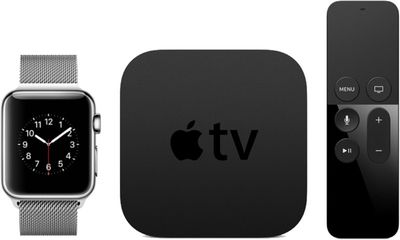
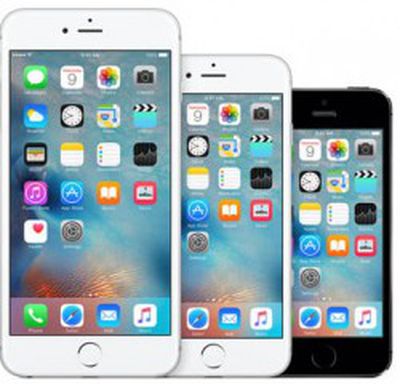 In March, Apple submitted a formal request to the Indian government in relation to
In March, Apple submitted a formal request to the Indian government in relation to 
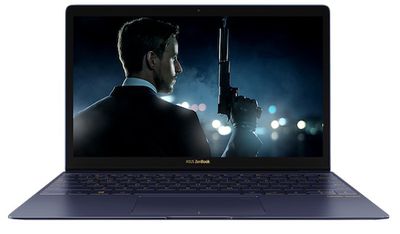


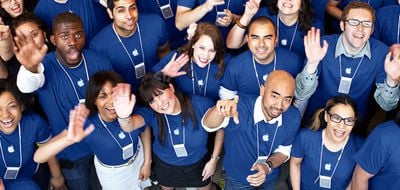
 The official Twitter app for iOS was today updated to version 6.54, quietly adding expanded 3D Touch support. As noticed by
The official Twitter app for iOS was today updated to version 6.54, quietly adding expanded 3D Touch support. As noticed by 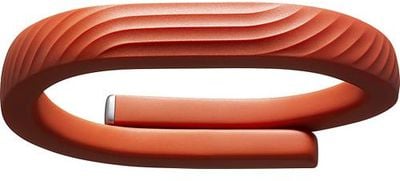

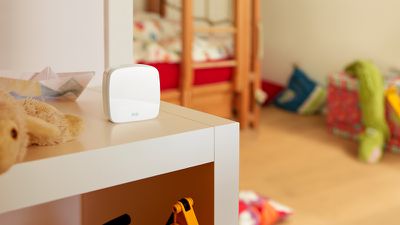
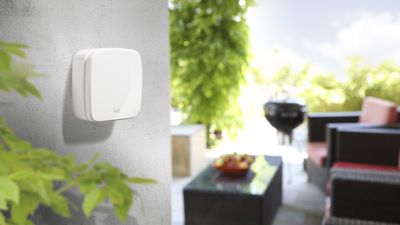
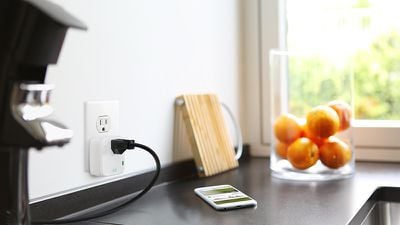
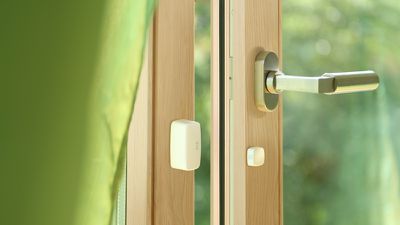
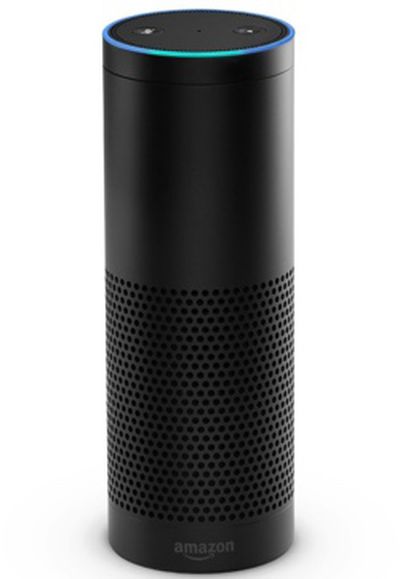 Apple's rumored product designed to compete with the Amazon Echo could come equipped with a camera and facial recognition capabilities, reports
Apple's rumored product designed to compete with the Amazon Echo could come equipped with a camera and facial recognition capabilities, reports  Samsung is planning to launch its mobile payments service
Samsung is planning to launch its mobile payments service 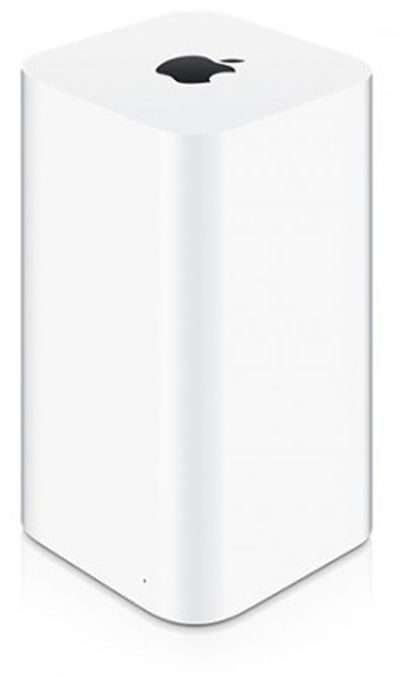 Following a
Following a 

